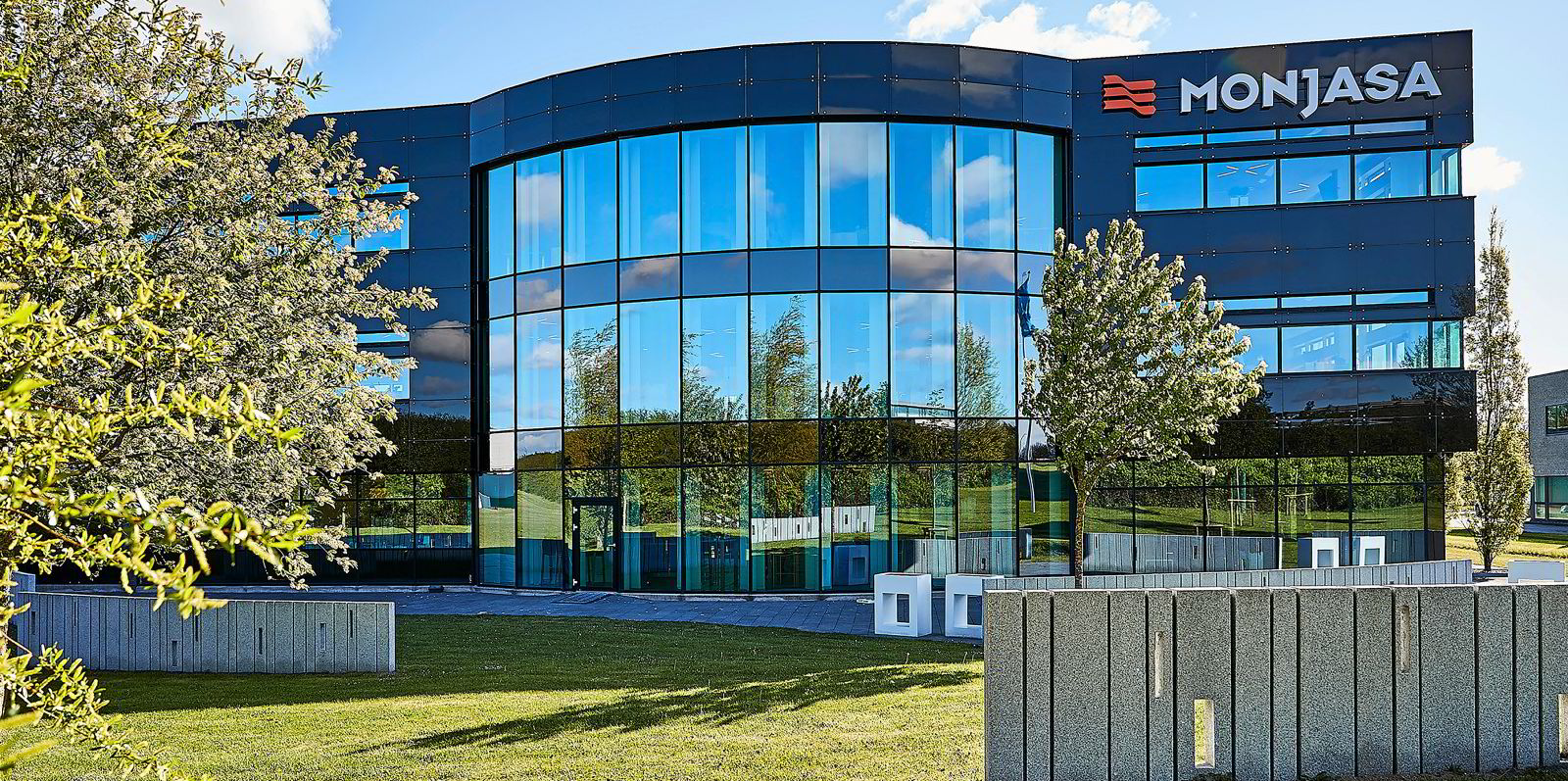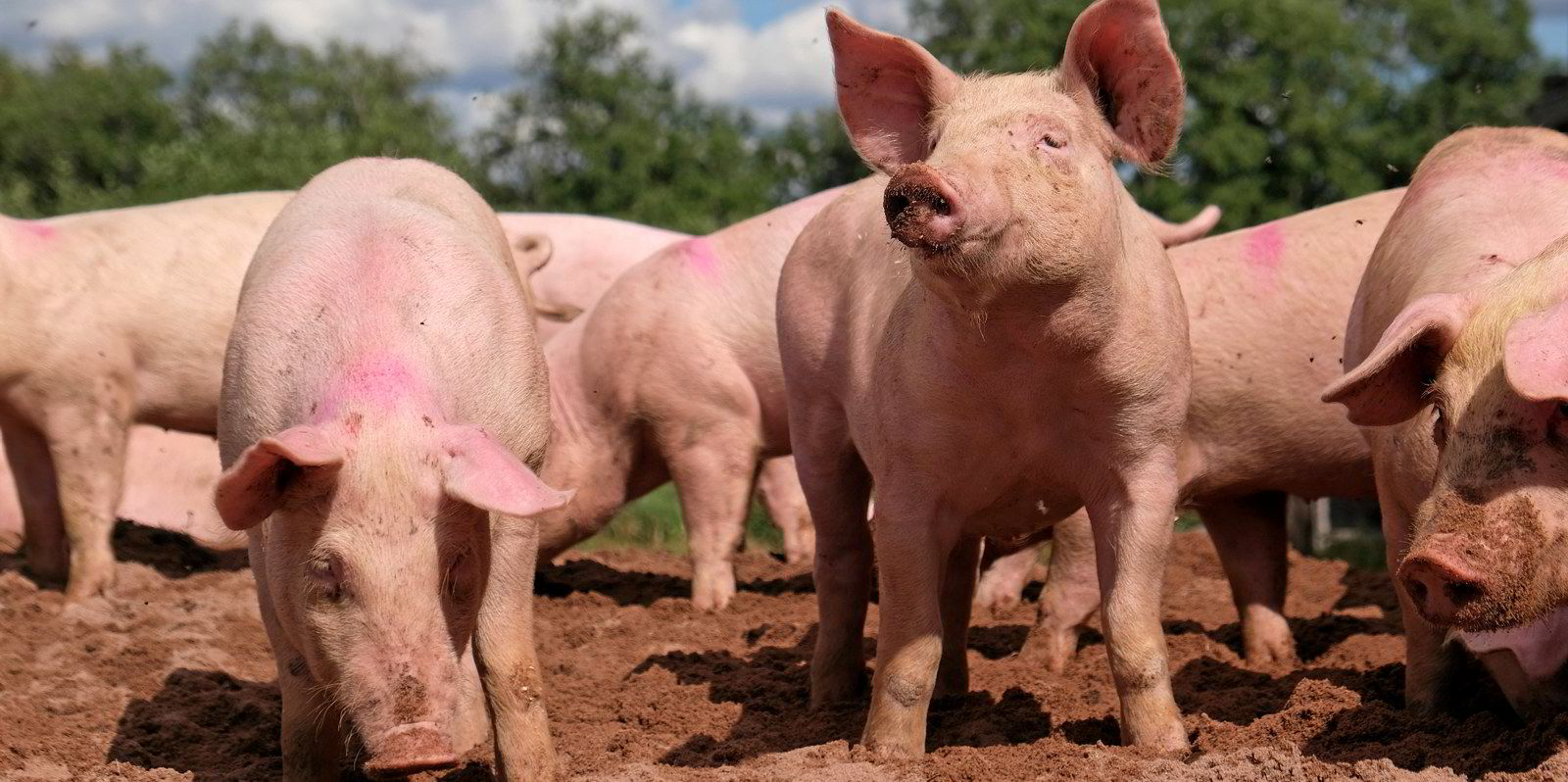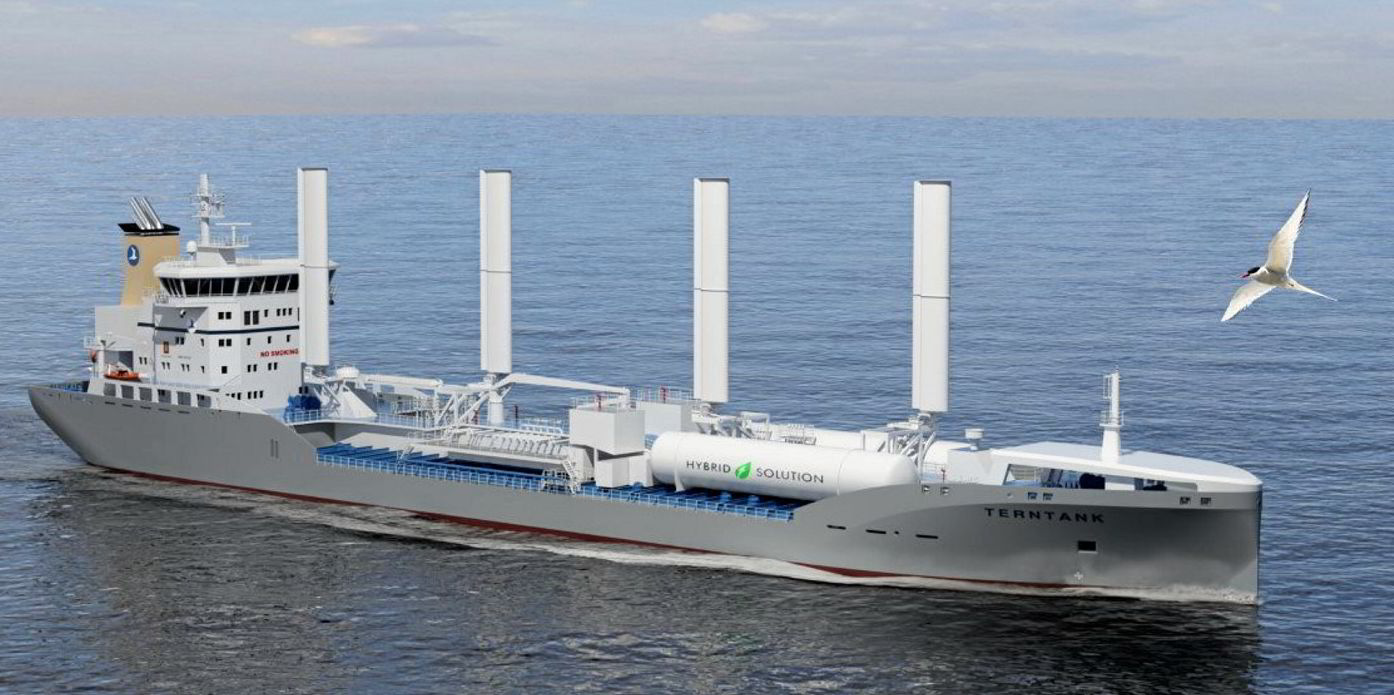Monjasa chief executive Anders Ostergaard is not worried about shipping’s transition to green fuels as it pursues its ultimate goal of zero emissions.
Shipping, he told delegates at last month’s Tristar Safety at Sea Conference in Dubai, has successfully dealt with previous big disruptors in the marine fuels space, and this latest change should be no different.
The industry has managed to sail through volatile prices, and the panic that surrounded the International Maritime Organization’s sulphur fuel cap proved to be unfounded.
When, in 2017, the IMO set the cap on sulphur at 0.5%, many observers thought it could not be done by January 2020, Ostergaard said.
“We were all in the industry looking at each other asking, ‘How is this going to be possible … how are we going to reduce from 3.5% to 0.5% in a very short time?’ It was the biggest change since the industry went from coal to oil.
“And it happened,” he added. “It got introduced, and it was actually very, very smooth. You had specification issues in the beginning, some blending issues, but they were minor in the bigger picture.
“Today, in 2022, the world of bunkers is truly 0.5%. Yes, there is still 3.5% available for those having a scrubber installed. But the majority of bunkers on board today is very low-sulphur fuel oil [VLSFO] and diesel.”

Steering a new course
According to Ostergaard, supply and demand had steered orders in bunkers until 2020, when the sulphur cap came into effect.
“We saw a third-party driver for the first time, and we had evidently no other options but to follow the law. And it happened, it got introduced and it was actually very, very smooth,” he said.
Now there are new drivers in the form of the Carbon Intensity Indicator (CII), the Energy Efficiency Existing Ship Index (EEXI) and the IMO’s emissions reduction targets for 2030 and 2050 — and shipping has no choice but to comply.
“We have seen IMO stand firm whenever they come into play. We saw that last time with the sulphur cap that worked really well. And now we must deal with our future because the current VLSFO and diesel is not going to lead to what is expected from us from today,” Ostergaard said.
He stressed this is an important catalyst for what happens.
“We get figures from the oil majors on a daily basis when we procure all the fuel that is required for the ships, so we know what’s going on. We know what future fuels look like. We know what they are up to.
“And, on the other side, we know what our customers want. Basically, Monjasa is right there, sweetly placed in the middle with our ears on the railroad tracks, listening on both sides of what’s going on.”

The green fuels way
Ostergaard shared his concept of the road map for the green fuels transition.
Biofuels, he believes, will be an early transition fuel for owners with ships that have oil-burning engines.
“The biofuel market exists today … If you want 200 tonnes of biodiesel to be supplied a week from now, it’s possible,” he said.
“It all started with the demand from the owners. They needed to test their engines. They wanted to try out the biofuels to see how they work, and what the quality looks like.
“And it was great for us because now we can test how can we play that. How can we first load the biomass? How can we load the fuel afterwards? How do they combine, and how do we blend it, test it and then supply it to the customer?”
Ostergaard admitted that it will be hard, at least now, to find all the biomass needed to produce the biofuels as potentially required by the end users. But there are solutions that will partly help overcome the supply shortage.
“We can take an ordinary VLSFO and add 10% of biomass into that. It’s called the B10. To add 20%, it’s B20, and so on. You get discounted on your EEXI and CII when you’re willing to buy an ordinary oil with an [International Sustainability & Carbon Certification]-certified biomass.”
Move to clean energy
LNG is also a probable transition fuel that will last into the medium term, but it too has issues.
“As we lack the biomass for biofuels, we lack infrastructure in the LNG line. We cannot offer LNG in every port. You have it in Rotterdam and in Singapore, but if you look from a global trend perspective, look at the market of 250m tonnes of marine fuels, LNG is only a very small percentage of it,” he said.
Ostergaard believes ammonia and methanol will form the backbones of the future marine fuels markets. The peculiarities and challenges posed by each of these new marine fuels will be overcome, he is sure.
Infrastructure for the production of both is being built, and the legal framework around each is being ratified.
“We are in partnerships with producers, we are talking to them and speaking to shipowners,” he said, adding that bunker companies should begin supplying ammonia and methanol in very niche and agreed fixed locations in 2027.
“We don’t know how to price it yet because of the power generation that’s behind it. Will it be off the power stream, or will it be off the oil stream? All the talks are going on,” he said, noting that the industry at first did not quite know how to price LNG.
Despite these developments, Ostergaard said most ships being built today still have traditional fossil fuel engines with a projected lifespan of 20 years.
To owners of such vessels, he said now is the time to be “open and responsive”.
“Honestly, we don’t know what’s going to happen, but I think there’s a very exciting future ahead.”







